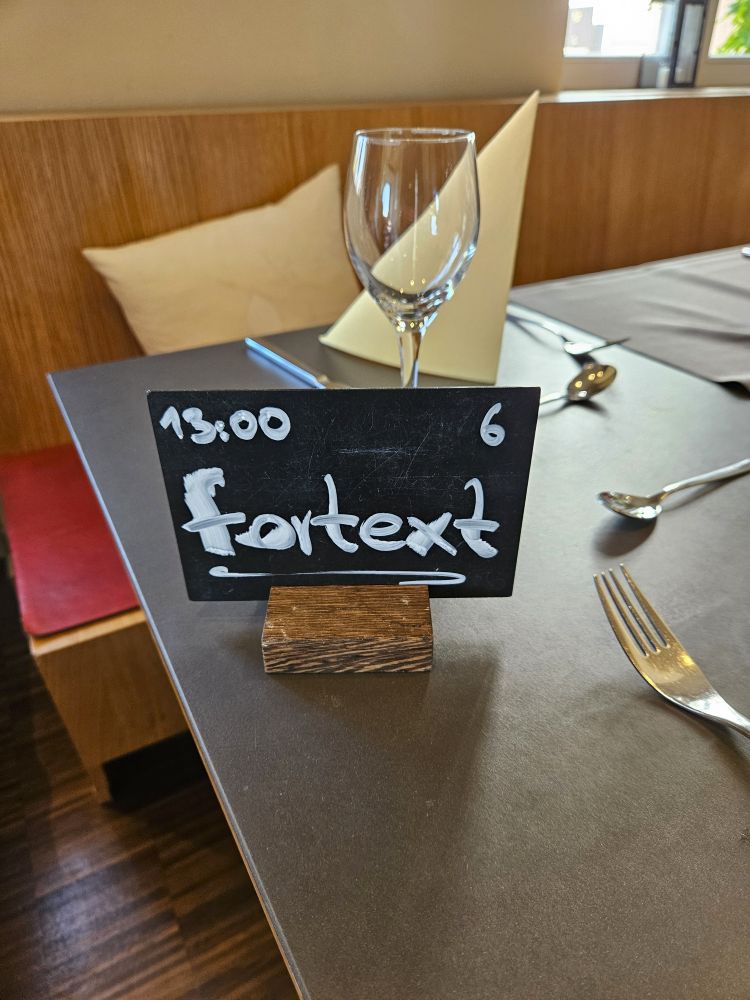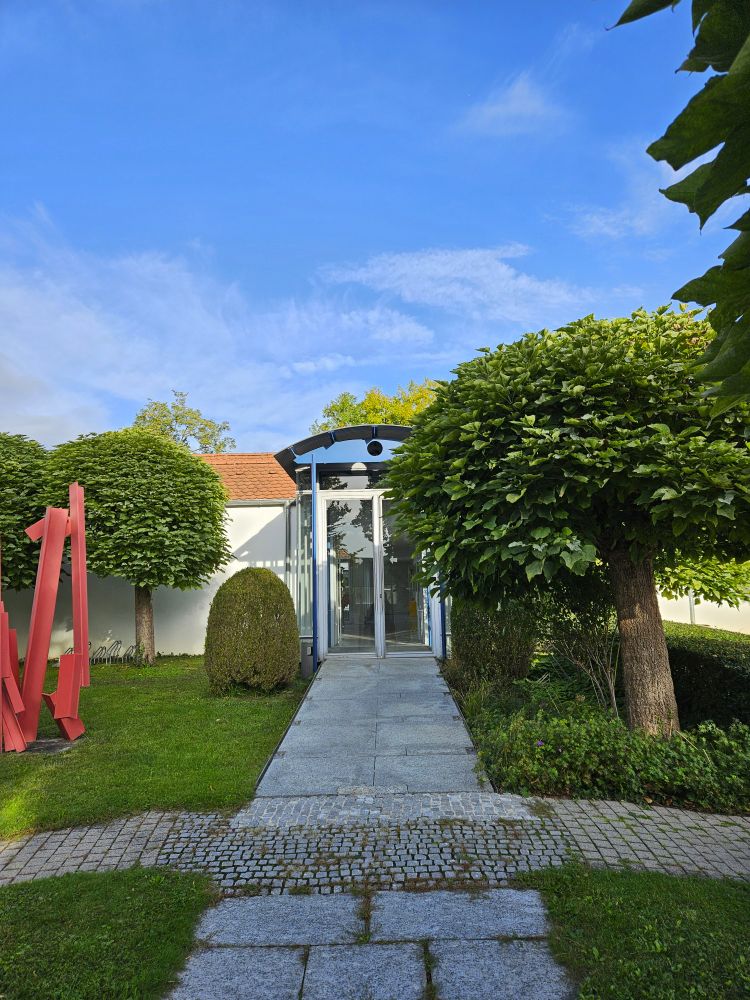fortext lab
@fortextlab.bsky.social
580 followers
230 following
200 posts
Computational Literary Studies und Computational Narratology #DH #DigitalHumanities
Directed by @evelyngius.bsky.social, TU Darmstadt
More information about our lab: https://fortext.org/en/
Annotation Software CATMA: https://catma.de, @catma.bsky.social
Posts
Media
Videos
Starter Packs
fortext lab
@fortextlab.bsky.social
· Sep 4
fortext lab
@fortextlab.bsky.social
· Sep 4
fortext lab
@fortextlab.bsky.social
· Sep 4
fortext lab
@fortextlab.bsky.social
· Aug 25
fortext lab
@fortextlab.bsky.social
· Aug 20
fortext lab
@fortextlab.bsky.social
· Aug 20
fortext lab
@fortextlab.bsky.social
· Aug 20











